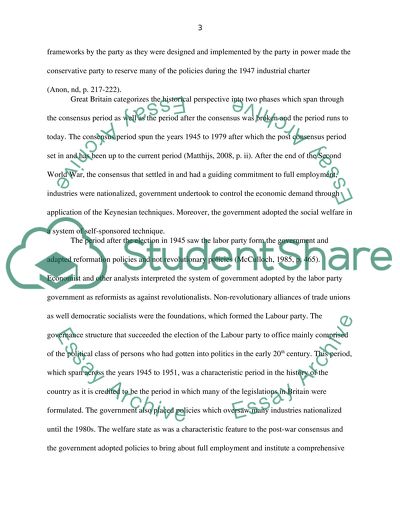Cite this document
(“Critically assess the postwar consensus thesis Essay”, n.d.)
Critically assess the postwar consensus thesis Essay. Retrieved from https://studentshare.org/history/1482282-critically-assess-the-postwar-consensus-thesis
Critically assess the postwar consensus thesis Essay. Retrieved from https://studentshare.org/history/1482282-critically-assess-the-postwar-consensus-thesis
(Critically Assess the Postwar Consensus Thesis Essay)
Critically Assess the Postwar Consensus Thesis Essay. https://studentshare.org/history/1482282-critically-assess-the-postwar-consensus-thesis.
Critically Assess the Postwar Consensus Thesis Essay. https://studentshare.org/history/1482282-critically-assess-the-postwar-consensus-thesis.
“Critically Assess the Postwar Consensus Thesis Essay”, n.d. https://studentshare.org/history/1482282-critically-assess-the-postwar-consensus-thesis.


